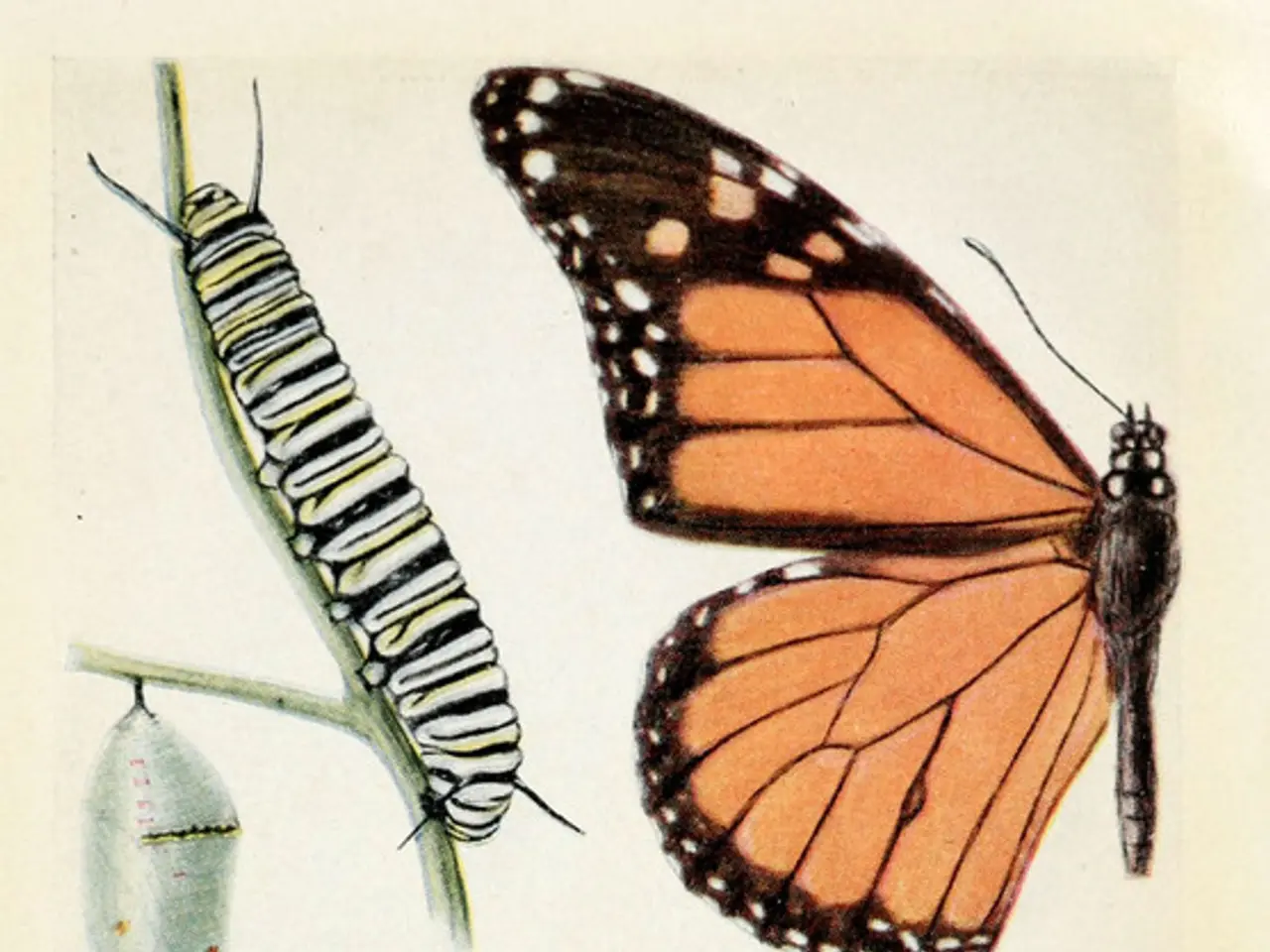World Health Organization Alerts on New Outbreak of Monkeypox Virus
A New Wave of the Monkeypox Outbreak: Understanding the Current Situation
In the midst of 2025, the world is grappling with a new wave of the Monkeypox outbreak, a virus that was first discovered in laboratory monkeys with pox-like symptoms in 1958 and identified in humans in 1970, making it older than the COVID-19 virus [1]. The current outbreak primarily involves the clade II variant, with ongoing spread mainly in West Africa and travel-associated cases globally [2][3][4].
The virus is primarily spreading through close, skin-to-skin contact and respiratory droplets [2][3][4]. Recent cases have been detected in countries like Senegal, Sierra Leone, Liberia, and across parts of Europe and the U.S. [2][4][5]. Surveillance has increased, and some regions report low but persistent levels of infections, including clade IIb infections acquired locally [5].
The infection rate of the Monkeypox virus is shifting, with more cases occurring in the 15-34 age group [6]. This, coupled with the mutation of the virus, are new developments in the Monkeypox outbreak. The initial assumption that the virus only spreads in rural areas has been revised due to its presence in urban areas [7].
Despite the mutation, the disease courses are no longer as severe as they were initially, suggesting a mutation that may be more benign [6]. However, certain vulnerable populations still face increased risks of severe disease or complications. Children, the elderly, immunocompromised individuals, and those with weakened immune systems should exercise caution [2][3]. Pregnant women are also at risk and should take necessary precautions.
Currently, there is no approved antiviral treatment for Monkeypox, although promising monoclonal antibodies targeting Monkeypox viral proteins have shown efficacy in laboratory and animal studies, potentially preventing severe disease and death [1]. Preventive measures remain critical: avoiding close contact with infected individuals, using protective equipment, and vaccination campaigns targeting at-risk populations are ongoing [4].
In summary:
| Aspect | Details | |----------------------------|-------------------------------------------------------------------------------------------------| | Virus variant | Clade II (including subclades IIb and Ib); endemic and outbreak strains in West and Central Africa | | Transmission | Close contact (skin-to-skin, lesions), respiratory droplets | | Spread dynamics 2025 | Outbreaks in West Africa; travel-associated cases internationally; local transmission reported in some countries including UK and US | | High-risk groups | Children, elderly, immunocompromised individuals have increased risk of severe disease or complications | | Symptoms | Fever, painful rash, lymphadenopathy, possible severe systemic illness in vulnerable groups | | Treatment status | No approved antiviral; new monoclonal antibody therapies under research showing promise | | Prevention | Isolation of cases, vaccination, public health surveillance, and contact monitoring |
This outlines the current understanding of Monkeypox variant spread and risks in vulnerable groups as of mid-to-late 2025 [1][2][3][4][5]. The World Health Organization (WHO) has expressed concern about the new Monkeypox variant and predicts a potential pandemic [2]. It is essential for individuals to stay informed, take necessary precautions, and follow public health guidelines to protect themselves and their communities.
Read also:
- Eight strategies for promoting restful slumber in individuals with hypertrophic cardiomyopathy
- Exploring the Strength of Minimally Digestible Diets: A Roadmap to Gastrointestinal Healing
- Secondhand Smoke: Understanding its Nature, Impact on Health, and Additional Facts
- Overseeing and addressing seizure-induced high blood pressure complications in pregnancy, known as eclampsia





